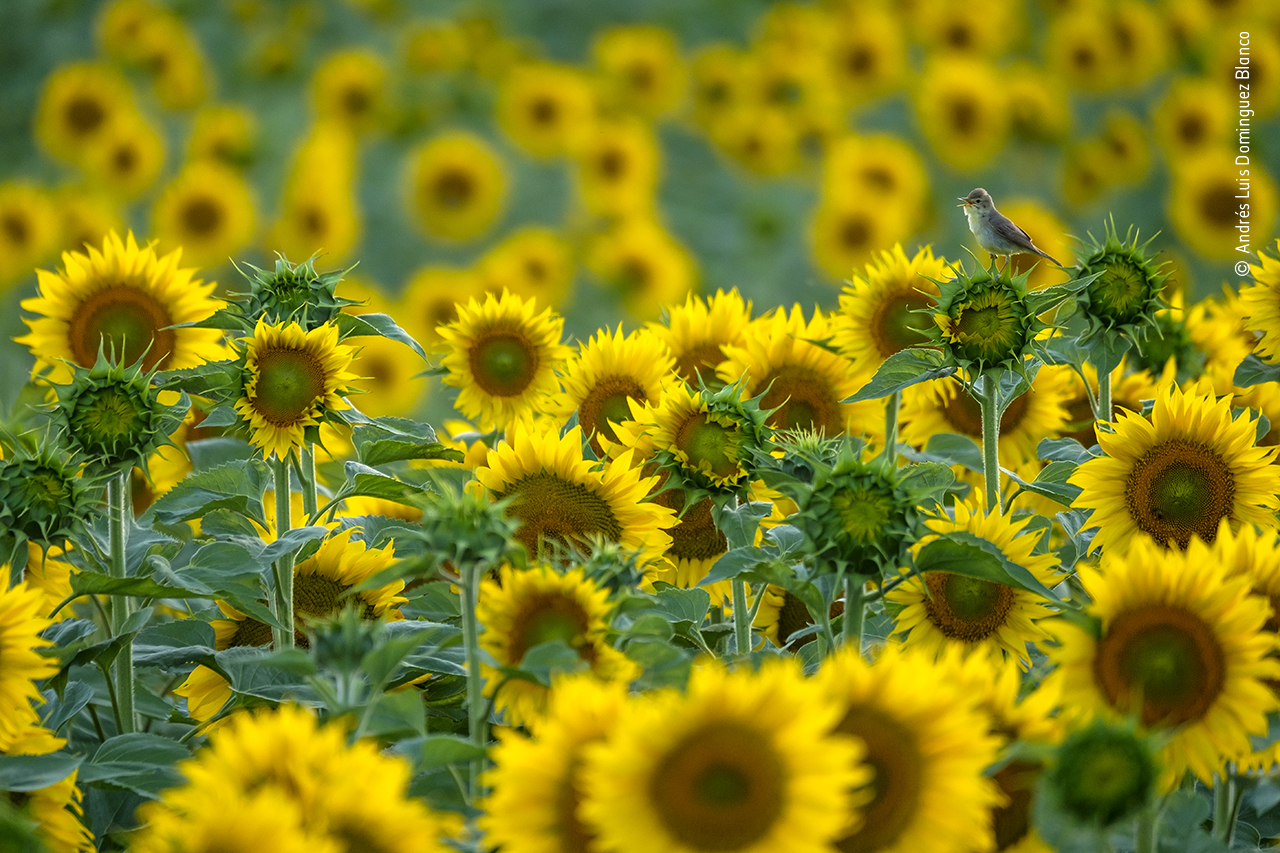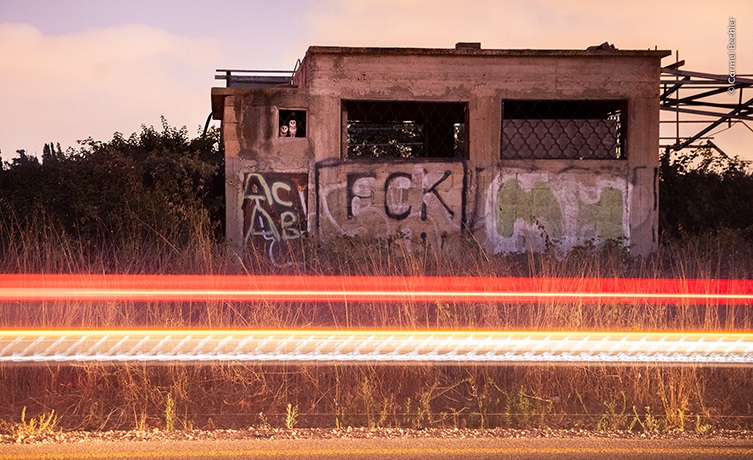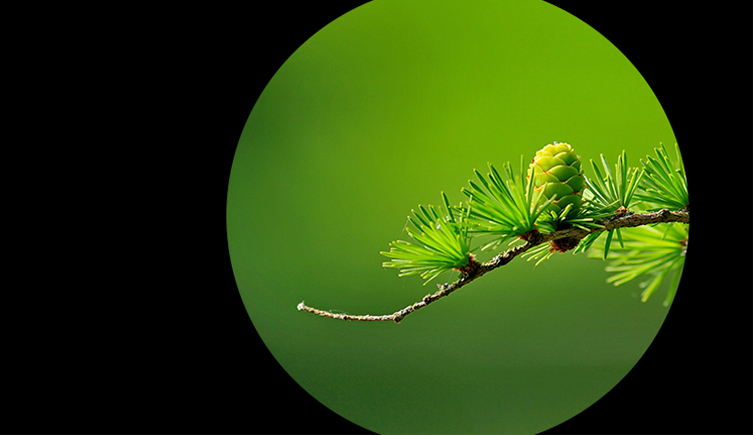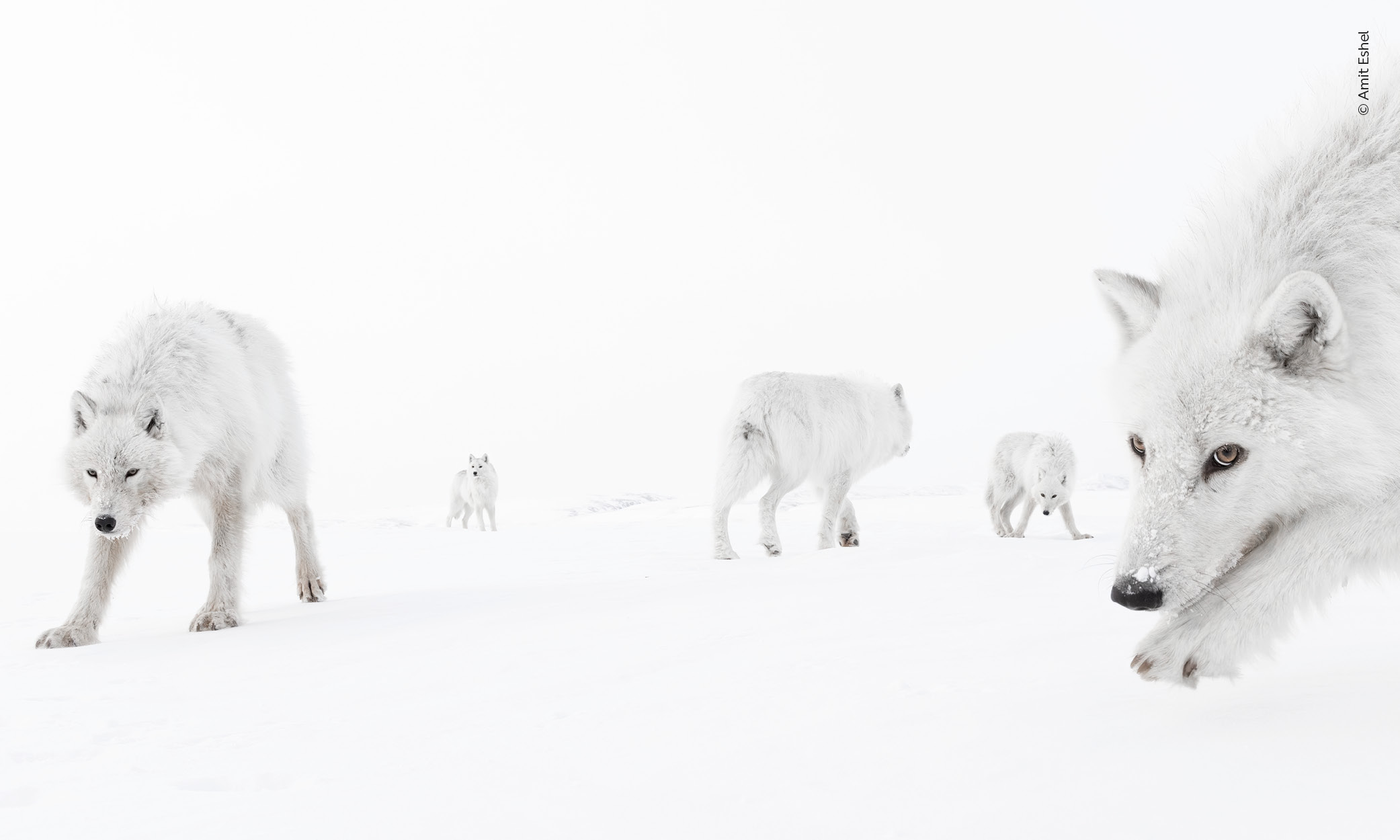Wildlife photography is a great way to get outdoors and enjoy nature on your doorstep while fine-tuning your photographic skills, whether you're a beginner or professional.
A DSLR or an expensive lens can be hard to access, so we have put together some tips and tricks on how to make the most of a smartphone camera when exploring and documenting the natural world.
Sugandhi Gadadhar, wildlife filmmaker and upcoming Wildlife Photographer of the Year jury member, says, 'A camera is just an aid in the process of making an image. The best tools are with you, your eyes and your mind.'
Whether you're looking to develop your own techniques or encourage a child's interest in wildlife photography, learn from the best and be inspired by the jury members and winning photographers of the annual Wildlife Photographer of the Year competition.
1. Be prepared
The simplest advice to start with is to make sure your battery is fully charged before you head outside.
Dr Natalie Cooper, researcher at the Museum and Wildlife Photographer of the Year 57 jury member, says, 'Keep your camera charged and ready at all times! You never know when you'll spot interesting behaviour or get that perfectly composed shot.'
Our mobile phones gather dust and fingerprints every day, so clean the lens with a soft cloth to avoid blurry or smudged images. Check the weather to see to wear or bring with you, then bring some water and make yourself comfortable.
Most importantly, research a little about what you want to photograph. What are you likely to see? When is the animal usually asleep or most active? Are there any behaviours you can learn about beforehand?
2.Get to know your smartphone camera
Take some time to learn about the mobile phone camera you will be using.
Does your camera have High Dynamic Range (HDR)? You can turn this feature on in your settings to capture more detail in both the shadows and highlights of the image.
The burst mode setting, when your camera takes many photos at once, can also be helpful when capturing a fast-moving animal.
3. Pay attention to the light
The word photography means 'writing in light', so you should pay careful attention to this element.
Mobile phones usually do not handle low light conditions very well, so make the most of natural light whenever and wherever you can. Otherwise, you might end up with grainy or blurred images.
Harsh light in the middle of a sunny day is also difficult to photograph in. The Sun's rays will cause bold, hard shadows in your image. Instead, make the most of soft and even light on overcast days.
4. Get close, but not too close
With most phone cameras, it is better to move closer to the subject than to zoom in. If you zoom in, your image can become blurry and lose detail.
Keep in mind that in wildlife photography, it is always important to check whether it's safe to move closer. If your subject is blurry on your screen, however, you might be too close to your subject. Moving even a few centimeters back can help create a sharper image as your camera readjusts.
Tap the screen where you want the focus and for the detail to be the clearest.
5. Do not disturb
'Do no harm' is at the heart of being a wildlife photographer. Always keep a safe distance from a wild animal and do not seek out any interaction with them. Be careful not to disturb them or alter their behaviour or habitat, and do not disrupt them when they're eating or resting.
Roz Kidman Cox, editor, and Chair of the Jury, says, 'Indeed, if the judges pick up on the slightest sign that an animal may have been moved, disturbed or distressed in some way by the photographer, or if its behaviour has been affected, that picture goes out of the competition.'
Turn off the sound on your phone to avoid startling any animals and move slowly so you do not end up chasing them away.
6. Consider composition
'Fresh and original images are what the judges look for. That means not just unusual or uncommon subjects but original angles on familiar subjects,' says Roz.
The well-known 'rule of thirds' can help with the composition of your images. Check if you can turn on grid settings on your phone's camera, and if not, try to keep the rule of thirds in mind. Divide your image into three equal sections from top to bottom, and side to side, so that there would be nine smaller blocks in a grid. For a more balanced image, try to place your subject where these lines intersect.
Like this year's Young Wildlife Photographer of the Year, Vidyun R Hebbar, be creative and think about what is in the background of your image. Is there something interesting to include, or something distracting to avoid? Could some foliage make the perfect frame, or is there a pattern that you can play with?
Jordi Chias, underwater photographer and former jury member, says, 'People think you need to go to remote places and photograph "difficult to see" animals or "close to extinction" subjects, but I really like when someone shows us a common subject in a different and original way.'
One trick to help with your background is to lie on the on the ground to have more foreground. This can also draw attention to your subject and create powerful eye contact.
7. Have a steady base
If the light is poor, your phone's camera will have a slower shutter speed to let in more light over a longer period.
To avoid the smallest movement making a blurry image, find something you can rest your phone on. Invest in a small tripod or look for something like a stone or branch to safely support your phone.
8. Get inspired and find what you love
From the hidden worlds of the small creatures to the details of plants and fungi, get inspired by exploring each category in our online archive of winning images. Experiment with your mobile phone camera and find what it is you love to photograph.
David Lindo, urban birder and former jury member, says, 'Do not be shy. Do not worry about whether your image is good enough or not. If you love it, then that is all that matters.
9. Ask for help
Show your friends and family your photos or share your work on social media, and ask for feedback. Jordi says, 'Sometimes wildlife photographers confuse the "difficult and the rare" with the "good". So I always show my photos to people who are not wildlife or photography experts to be sure that the pictures have an emotional impact besides being interesting from a natural history perspective.'
There are free resources available online, such as wildlife photography podcasts, talks and masterclasses. Girls Who Click provide nature photography workshops to girls aged 13 to 18.
10. Be patient, and practice
Take lots of photos and learn from the results. You can start off with practicing shooting little creatures in your neighborhood, such as birds or squirrels. Sugandhi says, 'Begin to explore your own surroundings - your windowsill, your home garden or local green area, or even the bicycle that you left untouched for days. You never know what wild surprises are in store.'
Get to know an animal by observing its behaviour as much as you can. Piotr Naskrecki, entomologist, photographer and former jury member, says, 'Focus on your subject! The more time you spend photographing the same subject, the more likely you are to develop a new way of seeing it.'
Being patient is an important part of wildlife photographer, so do not give up. This year's Wildlife Photographer of the Year image by Laurent Ballesta is the result of five years of expeditions, 3,000 hours of culminative night dives and 85,000 photographic triggers.
Bonus tip: check your files
Did you know images from mobile phones can be entered into every category in the Wildlife Photographer of the Year competition?
If you are thinking about entering the annual competition, make sure to set the camera's image quality to the highest possible level in your settings and do not compress your images. The larger the image file, the more information held by your image, which is not only good for printing your image, but for any small edits you might want to make. Find out more about the image specifications for entering the annual competition.
While the photos featured in this article were not taken on phone cameras, take inspiration from them and apply your new knowledge next time you're out and about.






Don't miss a thing
Receive email updates about our news, science, exhibitions, events, products, services and fundraising activities. We may occasionally include third-party content from our corporate partners and other museums. We will not share your personal details with these third parties. You must be over the age of 13. Privacy notice.
Follow us on social media